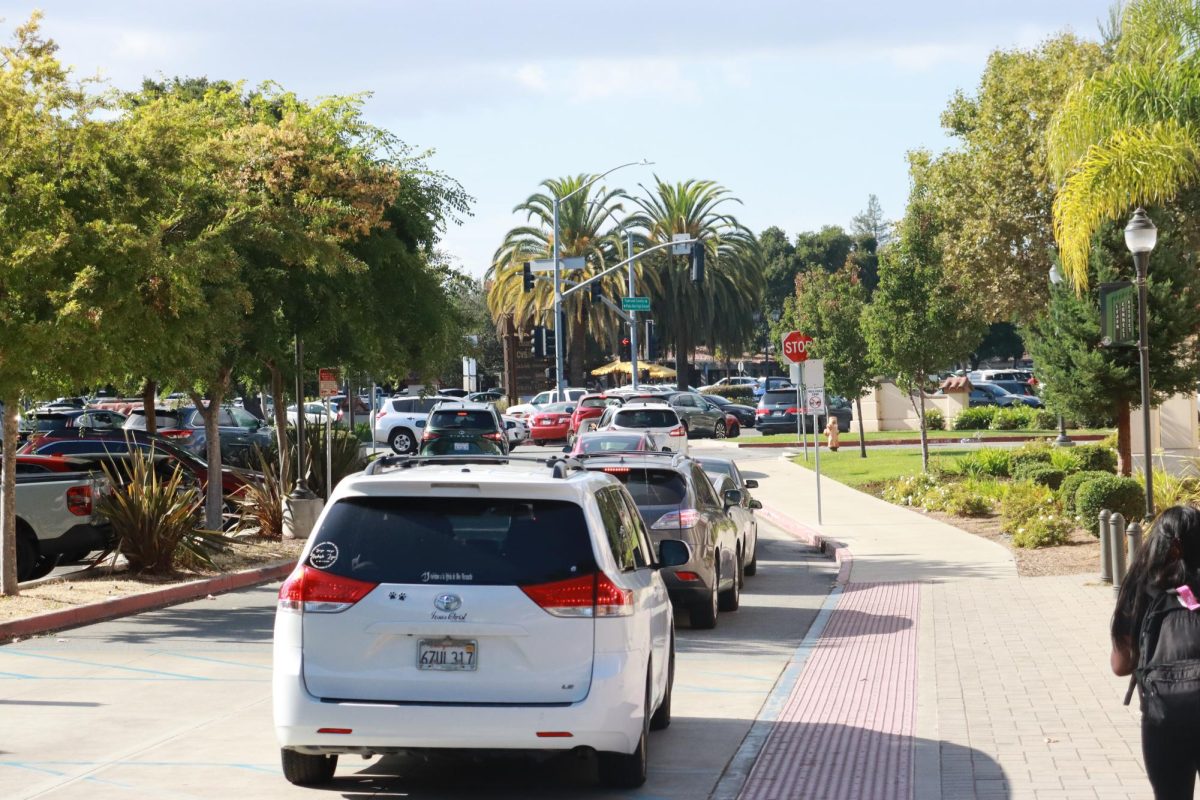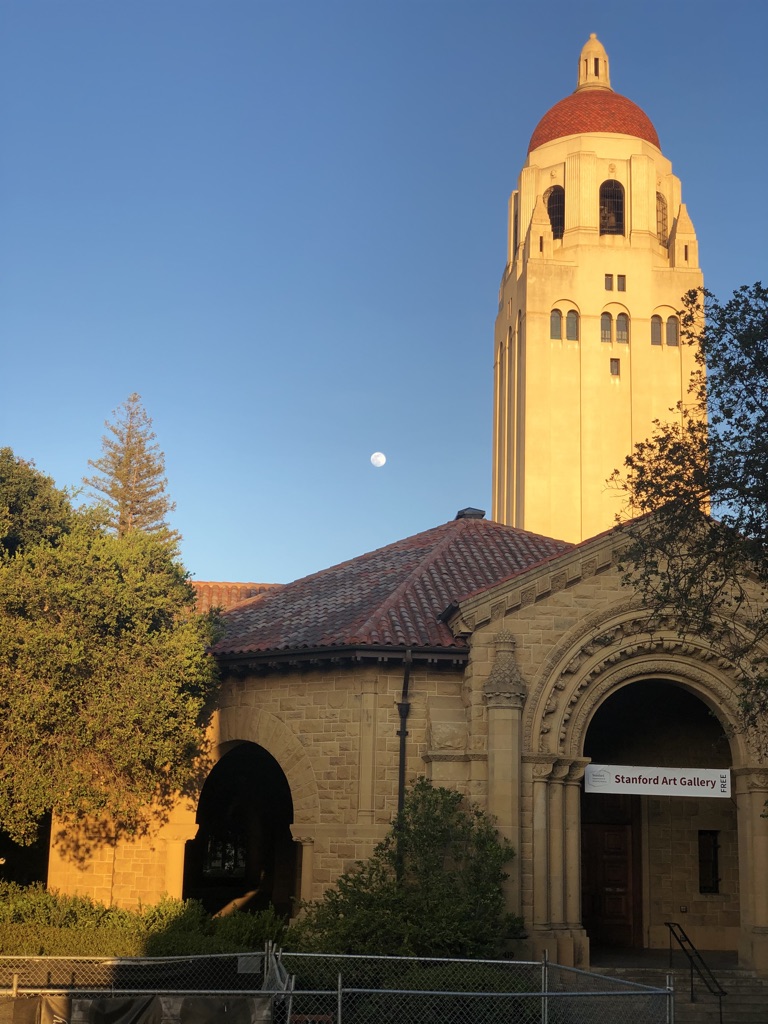I fumble with the buttons on the goggles as my eyes follow the speck in the distance that I know to be a quadcopter. “What channel is your video on?” I ask. “Fatshark channel four,” my friend replies as I tune into his frequency. After the black and white static dissipates, I am flying through a small gap in a tree, forty feet above the ground. I can see other miniature quadcopters floating beside me as I speed down the field. Looking down I can see myself sitting on the grass next to the group of people whose eyes are glued to the spectacle in front of them while they shade the sun with their hands to watch our every move.
Ever since live video feeds have been around, people have been putting transmitters on remote control airplanes while they look into a video receiver to determine where they are going. Now with the implementation of first person view video goggles, it appears as though they are a bird flying far above the ground. It is truly an immersive experience.
At the Mountain View Baylands at Shoreline, this type of flying is extremely popular. On a sunny day, you will find many hobbyists flying their sometimes home-built machines through the trees at ridiculously fast speeds. It is a great community of pilots who love chatting with each other about the newest radio control fads.
Recently, due to the increase in quality of video signals at longer ranges, this type of flying, also known as FPV or first person view, has become more popular. Now with the growing popularity of multirotors and the affordability of this type of technology, remote control enthusiasts are able to race each other at distances that were previously only attainable with extremely expensive equipment.
The Federal Communications Commission (FCC) regulates the use of most of the frequencies used to fly first person view. In order to be allowed to use these frequencies you first need to pass a 35 question multiple choice test randomly chosen from a pool of over 400 questions. This test is on the basics of how radio frequencies work and includes a safety procedure section. Anyone interested in flying FPV should consider passing this test in order to legally operate his or her equipment.
Once you are a licensed amateur radio operator, the excitement really starts. All you need is an operational remote control airplane or multiorder, a video transmitter, a video receiver and a camera, and you are ready to fly. FPV racing can be an individual sport or a group activity.
Licensed (and sometimes unlicensed) FPV enthusiasts in the Bay Area fly at the Sunnyvale Baylands on the weekends. For pilots looking for a more structured experience, a flying group called Areal Sports League, flies at the Baylands every third Sunday of the month. At meetings you can expect high speed FPV racing as well as drone combat. A large part of these races is building and maintaining equipment, as well as practicing flying itself. A great part of this hobby is that participants want to share what they have built with the rest of the drone community. This environment is especially helpful for those who are novices because they can easily get help from the more experienced pilots.
For those looking to get into the hobby, the best thing to do is to meet some hobbyists at the Mountain View Baylands on the weekends. There, perspective pilots can learn about the hobby from the experts, and watch in first person as they skillfully maneuver their machines through small gaps in trees.






